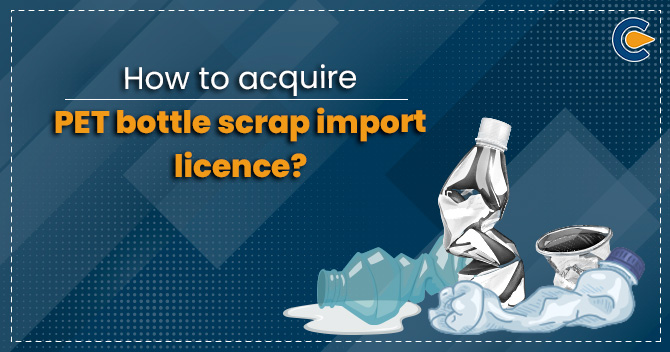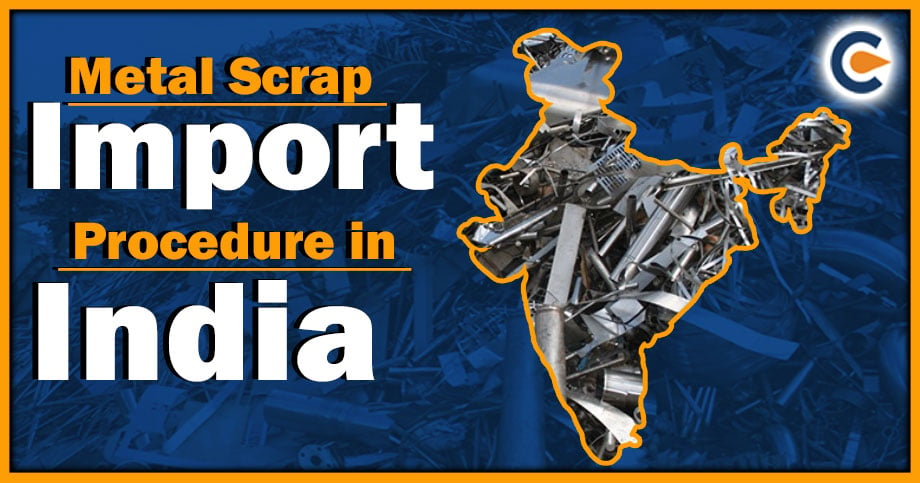Rubber is used in many ways in day-to-day life, whether be it in toys for kids or automobiles, but, despite its numerous uses, the processing of rubber has proven to be highly hazardous for the environment and human health. The industries processing rubber release toxic effluents and wastewater that contains a high amount of ammonia and biological oxygen. Therefore, to address this problem and regulate the pollution caused by rubber processing, the Ministry of Environment, Forest and Climate Change encourages the import of rubber scrap whose recycling is beneficial for the environment by providing them with a certificate to operate.
Ministry of Environment, Forest and Climate Change
MoEF and CC were established as a nodal agency under the Central Government, overlooking the planning, Coordination, Promotion and implementation of Environmental Laws/Policies/Regulations in India. MoEF and CC also act as a nodal agencies for various international environmental agencies, including South Asia Co-operative Environment Program (SACEP), United National Environment Program (UNEP)[1] and International Centre for Integrated Mountain Development (ICIMOD)
Along with acting as a nodal agency ministry also overlook the Environmental issues pertaining to the Global Environment Facility (GEF), Commission on Sustainable Development (CSD) and local bodies like the South Asian Association for Regional Co-operation (SAARC) and the Economic & Social Council for Asia & Pacific (ESCAP)
The main objective of the Ministry of Environment, Forest and Climate Change are: –
- Overlooking Welfare of Wilf Life
- Prevention & Control of Pollution
- Environmental Protection
- Conducting a survey of Fauna/Flora/Wildlife and Forest
- Conducting Awareness Campaign
Apart from this, many environmental legislations also prescribe functions of The ministry, including the National Conservation Strategy & Policy Statement On Environment & Development, National Forest Policy, National Environment Policy and National Forest Policy.
Ministry, along with all these, also provide specialised guidelines and authorisations for trading activities relating to material that is toxic to the atmosphere and the health of human beings, like MoEF permission for the import of Rubber Scrap.
Rubber Scrap
Rubber scrap is scrap material extracted from rubber waste which, unlike metal scrap, goes through a reclaiming procedure at the end of the process. This reclaimed rubber can be used in very innovative ways to regulate environmental pollution by providing softer playground surfaces, reducing further possibilities of injuries among athletes etc. The process of recycling rubber scrap includes: –
The reclaiming process relating to rubber scrap includes a method through which the provided scrap is converted into a state which can be reprocessed or mixed and vulcanised again using thermal/mechanical energy and chemicals.
There are three commonly used reclaiming processes including: –
- Pan Process where ground rubber is combined with reclaiming oils which are then subjected to high temperature and pressure.
- The digester process includes a steam vessel equipped with a paddle agitator for the constant stirring of the crumb rubber while steam is being applied.
- At last, a mechanical or reclamation process is used for persistent reclaiming of whole tire scrap.
Market Overview of Import of Rubber Scrap
It is estimated that India, in order to fulfil its rubber scrap requirement, imports from 51 countries, among which the majority is imported from the United Kingdom worth 1.71 USD Million, the United Arab Emirates with the worth of 1.54 USD Million, Italy (0.85 USD Million), Australia (0.78 USD Million) and at last Belgium which imports rubber scrap of worth 0.6 USD Million. By calculating this, it can be estimated that Indian importers source rubber scrap worth 8.36 million US Dollars in 2020-2021 (Apr-Nov)
MoEF Permission for Import of Rubber Scrap
MoEF and CC is the regulating authority which overlooks the trading business, including the export and import of rubber scrap. It is mandatory for importers to get MoEF permission for import, as, without it, the authorisation for custom authorities will not be granted. In order to get the Ministry of Environment, Forest, and Climate Change permission for the import of rubber scrap, one has first to get a test analysis report from the laboratory from the authorities of the importing country. In India, three sets of rubber samples are reported to the laboratory that is notified by the Ministry of Environment, Forest & Climate Change or the Central Pollution Control Board.
Guidelines provided by the Ministry of Environment, Forest and Climate Change for the Import of Rubber Scrap
According to the MoEF Rules and Control of Pollution, the business owners must acquire a Certificate to Operate under the Air and Water (Prevention) Act and Hazardous Waste Management Authorisation from the concerned State Pollution Control Board. Some other guidelines include: –
- The import of rubber scrap with a personalised code is only permissible to authorised recyclers without a DGFT license.
- There are several Rubber Scraps that are restricted import.
- Capital goods can be substituted with second-hand goods.
- The business owner needs to have Import Export Code details
- Recyclers of Rubber Scrap must have facilities prescribed by the Central Pollution Control Board.
Consent to Operate under the Air & Water (Prevention and Control of Pollution) Act
Importers must acquire a Certificate to Operate under the Air and Water (Prevention) Act once the industry is instituted and is ready to operate. Consent to operate has validity for five years for the red category industry with the highest PI, ten years for the orange category industry with higher PI and 15 years for the green category industry with low PI.
Documents for Consent to Operate
- Electricity Bill
- Rent agreement or lease agreement
- Pan Card
- Aadhar Card
- Municipality or Industry license for trading business
- Health Trade License
- Site Plan/layout
- CA Letter on the financial breakup of the scrap trading business
- GST certificate
- Form-V under Rule 14 of the Environmental (Protection) Act
- Authorisation Letter
- Factory/Trade License
- Proof of Registration of unit under Companies Act or LLP Act
- Consent to establish a certificate
Hazardous Waste Authorisation
The Authorisation relating to transboundary movement of hazardous waste that includes the import of rubber scrap is regulated under The Hazardous Wastes (Management, Handling and Transboundary Movement) Rules, 2008.
Documents mandated for submission
The documents which are required while submitting the application for hazardous waste Authorisation are: –
- CTO
- CTE
- Certificate of incorporation (CIN)/LLP
- Memorandum Of Association
- Article of Association
- Board resolution for appointing an authorised person
- Aadhar card
- PAN copy
- GST certificate of business
- Layout Plans
- Factory license/Trade license
- Rent/proof of ownership
NOC from MoEF (the Ministry of Environment, Forest & Climate Change)
The no objection certificate granted by the Ministry of Environment, Forest and Climate Change is mandatory for hazardous substances, including the import of rubber scrap.
Documents Submitted
The documents that are to be submitted by the importer to get permission from the ministry for the import of rubber scrap are: –
- SIMS Registration
- KYC Documents
- Consent Certificate from the concerned State Pollution Control Board
Process for Acquiring NOC from the Ministry of Environment, Forest and Climate Change
As per the provisions provided by the ministry, the importer has to submit a report to declare the nature and type of rubber scrap, w.r.t to the guidelines of the customs circular on Hazardous Waste Rules. After the complete submission of the Report to the Ministry of Environment, Forest and Climate Change, only then is NOC granted from MOEF. On the basis of this certificate, the clearance process for rubber scrap import is commenced with the customs authority.
Guidelines to be followed for Import of Rubber Scrap
- The importers have to mandatorily foremost a record on the rubber scrap handled for inspection by the ministry.
- The importers have to make sure that importing unit must be accompanied by the mandated paperwork.
- The importers, for permission, have to submit an online application and hard copy. The documents are required to submit with the application of MoEF by post.
Conclusion
The effect of manufacturing or processing rubber industries on the environment is irreversible and long-lasting. Therefore, the market shift from using new rubber to using rubber scrap is important and should be encouraged more by the government authorities. This will also prove beneficial for many new businesses relating to trading scrap material like import of rubber scrap business.
Read our Article:How to Acquire a Battery Scrap Import License in India?











